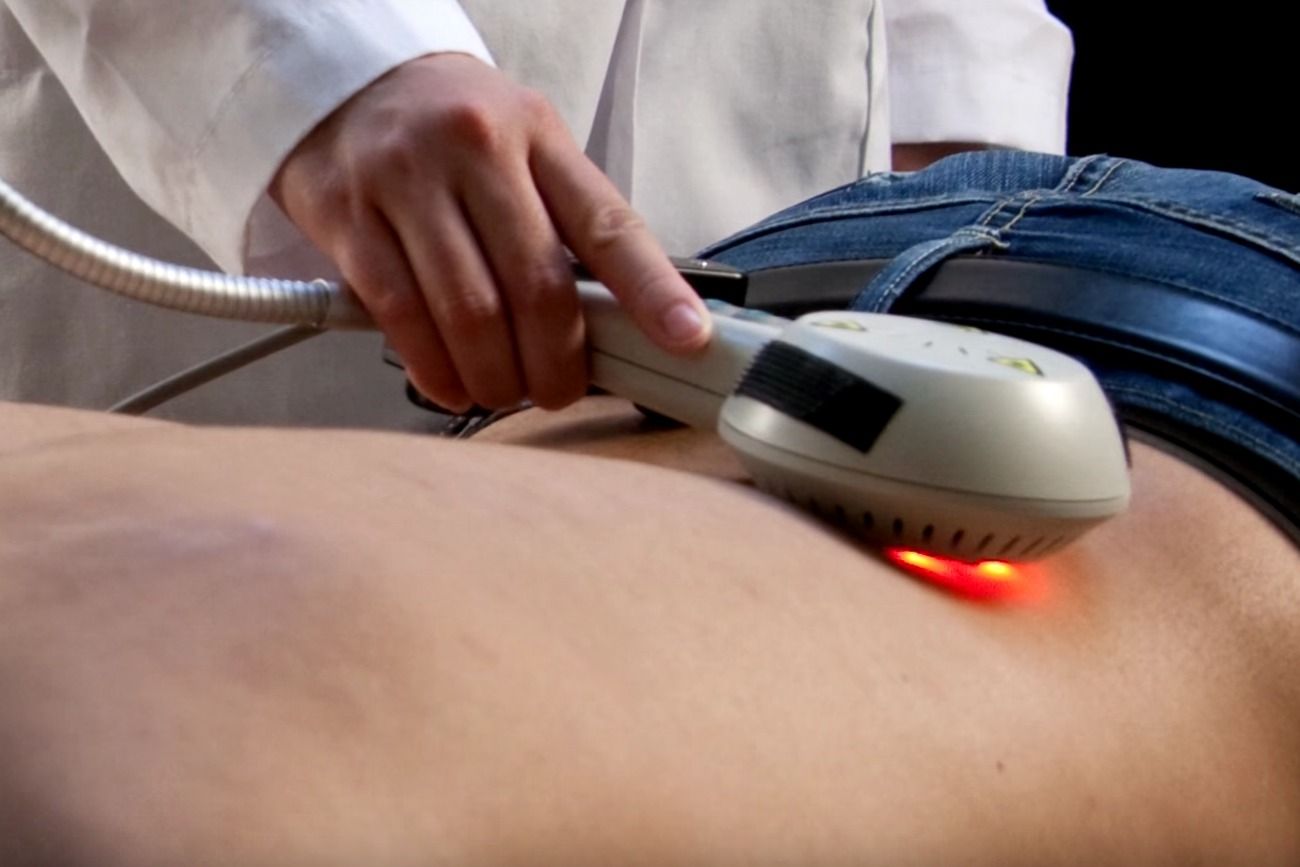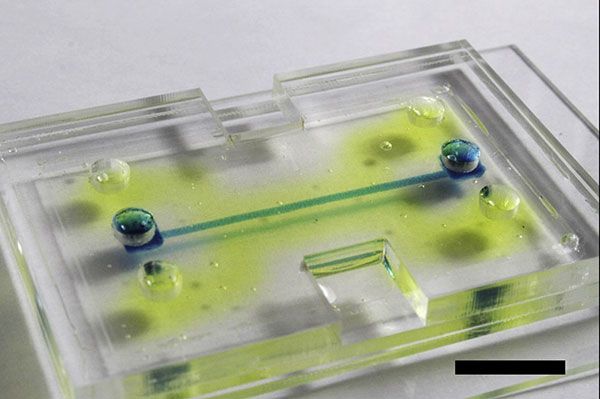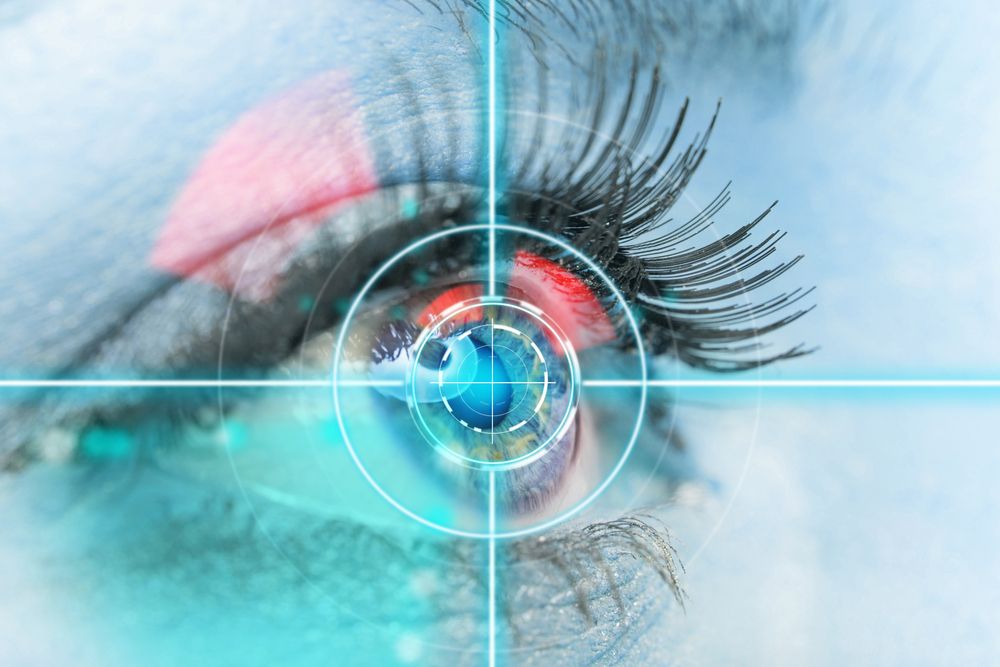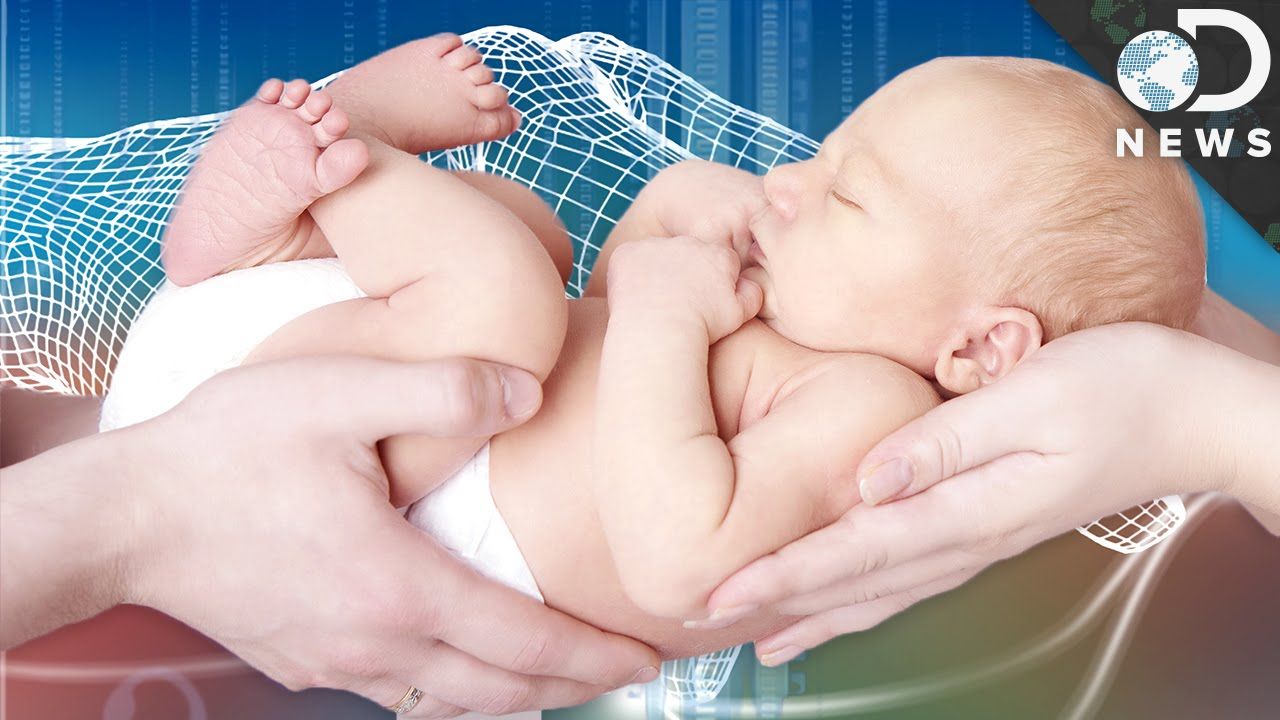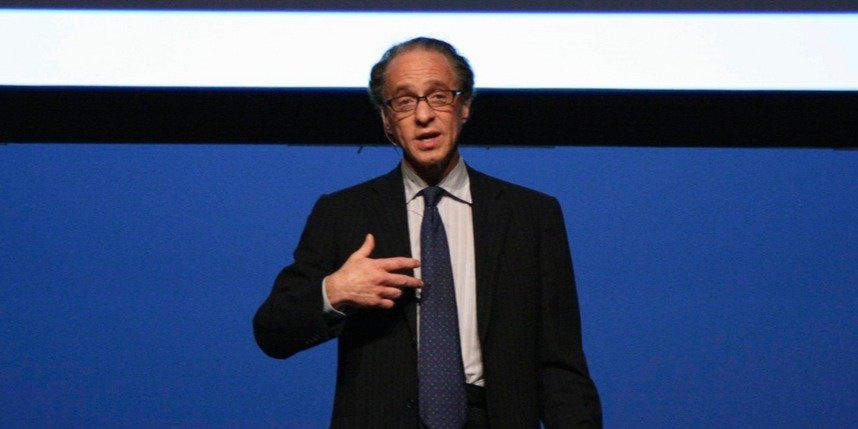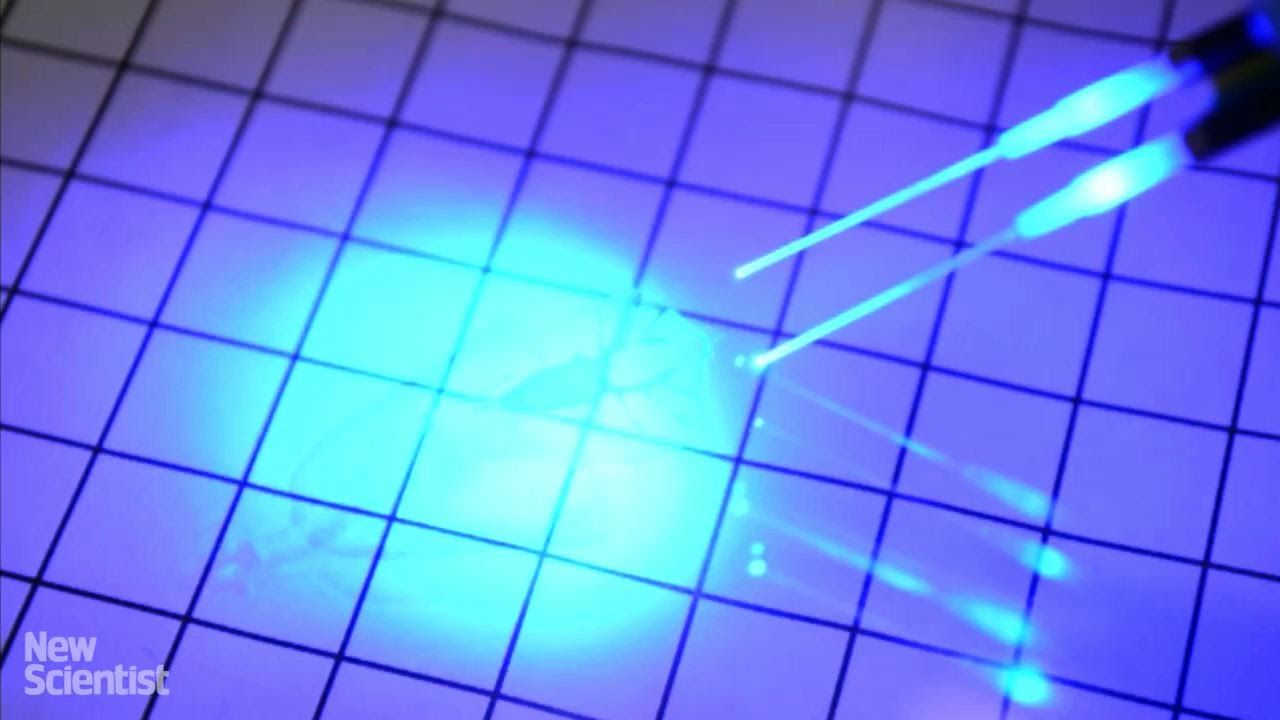Jul 13, 2016
This Company Users Lasers to Relieve Pain and Treat Cancer
Posted by Shailesh Prasad in categories: biotech/medical, business, education
Roger Dumoulin-White, president and CEO of Theralase Technologies, explains his company’s two divisions: the currently operating therapeutic laser division and the anti-cancer division. The company’s TLC-1000 laser is used for pain relief, tissue healing and more, and upwards of 1,200 medicial facilities worldwide use the device. The next-generation TLC-2000 laser was recently FDA-approved. At this time, Theralase Technologies is conducting clinical trials for photodynamic compounds that help to destroy cancer cells.
Click play to learn how these new technologies have the potential to revolutionize cancer treatment.
Entrepreneur Network is a premium video network providing entertainment, education and inspiration from successful entrepreneurs and thought leaders. We provide expertise and opportunities to accelerate brand growth and effectively monetize video and audio content distributed across all digital platforms for the business genre.
Continue reading “This Company Users Lasers to Relieve Pain and Treat Cancer” »
